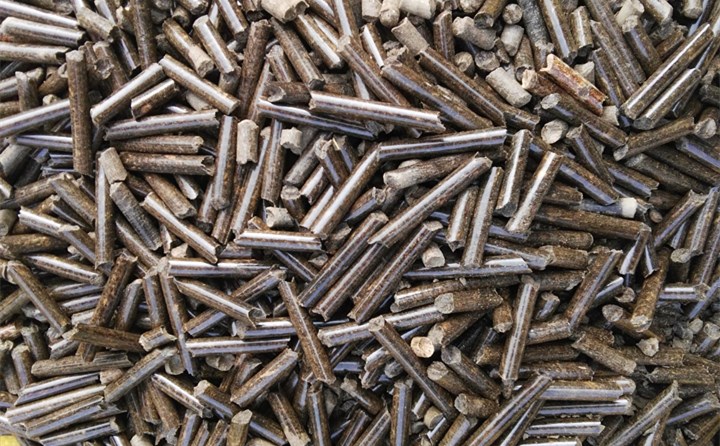Biomass fuel pellets are one of the representatives of modern clean and environmentally friendly energy. Compared with other biomass energy technologies, biomass fuel pellet technology is easier to achieve large-scale production and use. Many power plants are using biomass fuels.
When purchasing biomass fuel, how to choose good quality pellet fuel?
1. Observe the color, gloss, purity of particles, burnt ash and various types of raw materials.
Wood pellets and straw pellets are mostly pale yellow or brown; purity refers to pelleting conditions. The better the granulation conditions, the longer the length and the less waste. The lower ash content after combustion of the pellet fuel of production quality means that the raw material is pure and of good quality. The ash content of pure sawdust biomass particles is only 1%, which is very low, the ash content of straw particles is slightly larger, and the ash content of domestic waste particles is very high, up to 30%, and the quality is very low. Also, many plants add lime, talc and other impurities to the pellets to save costs. After burning, the ash turns white; the better the quality of the particles, the higher the gloss.
2. Smell the smell of the particles.
Since biomass pellets cannot be added with mission additives during production, most pellets retain the odor of their raw material. Sawdust pellets have a woody aroma, and various straw pellets also have their own unique straw smell.
3. Touch the quality of the particles by hand.
Touch the pellets of the pellet machine by hand to identify the quality of the pellets. Touching the particles by hand, the surface is smooth, no cracks, no chips, high hardness, indicating good quality; the surface is not smooth, there are obvious cracks, there are many chips, and the quality of the crushed particles is not good.
Biomass fuel pellets machined fuel pellets, as a new type of pellet fuel, have won wide recognition due to their unique advantages. Not only does it have economic advantages over conventional fuels, it also has environmental benefits, and the ash after burning can also be used directly as a potash fertilizer, saving money.
Post time: Apr-22-2022










